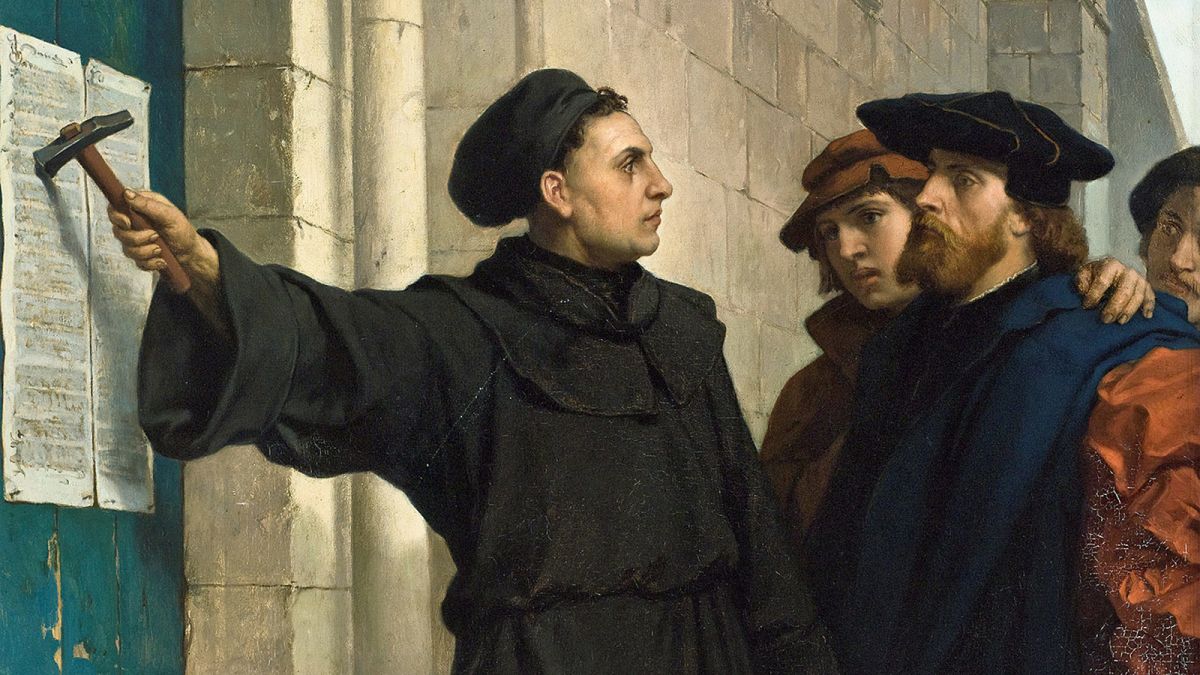Among the radicals, preaching was even more important than in other forms of Protestantism, and more emotionally charged with hopes of heaven and fears of hell. Many sects expected an immediate Second Coming of Christ and an end of the material world. Many were economic equalitarians, communists of a sort; they did not share wealth, however, so much as they shared the poverty that seemed to them an essential part of the Christian way.
What is most striking about these sects is the extraordinary range of their ideals and behavior. John of Leiden—crowned at Munster as “King David,” with two golden jeweled crowns, one royal, one imperial, with his “Queen Diavara” and a whole harem in attendance—seems a mad parody of the Protestant appeal to the Bible. Yet most Anabaptists were shocked by what went on at Miinster and were for the most part pious and earnest pacifist Christians, living simply and productively.
These left-wing sects often displayed a remarkable combination of pacifist principles with readiness to fight (so long as the weapons were not ones to inflict bodily injury). Such men were also martyrs, and they were persecuted by more moderate reformers with as much violence as that which Protestant tradition attributes to the Catholic Inquisition.
But not all sectarians of the left were as insistently non-violent. An even stronger and more lasting note is that sounded by the English John Bunyan (1628-1688), whose Pilgrims Progress is an allegory of life seen as a pilgrimage, which, while full of trials, leads toward a happy end.

